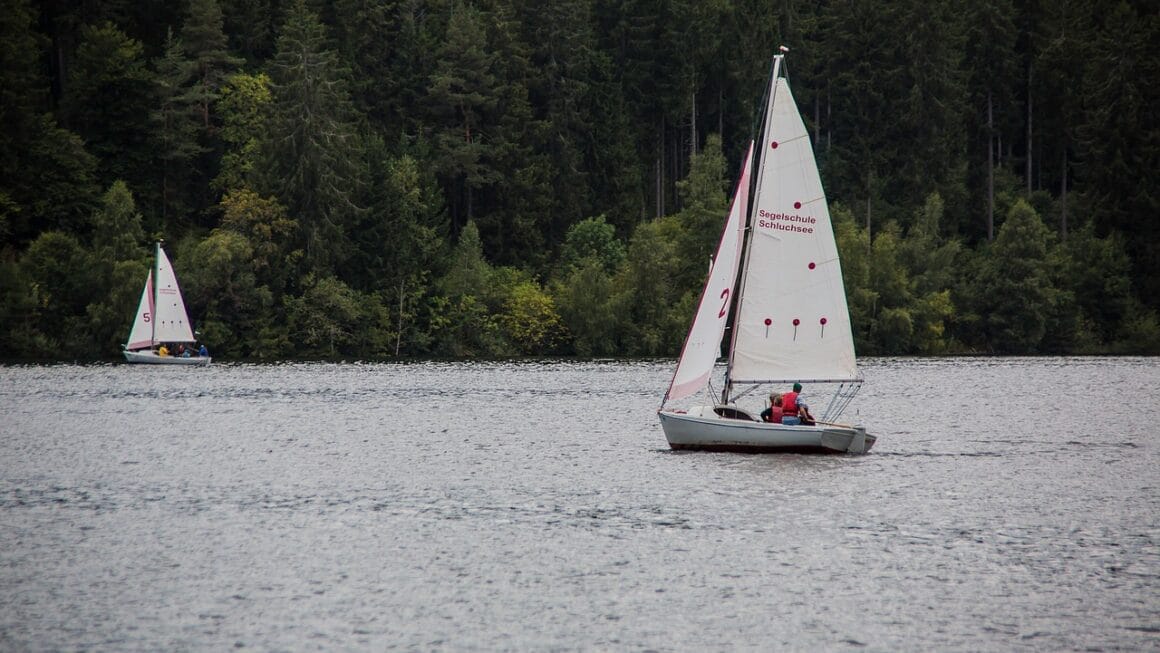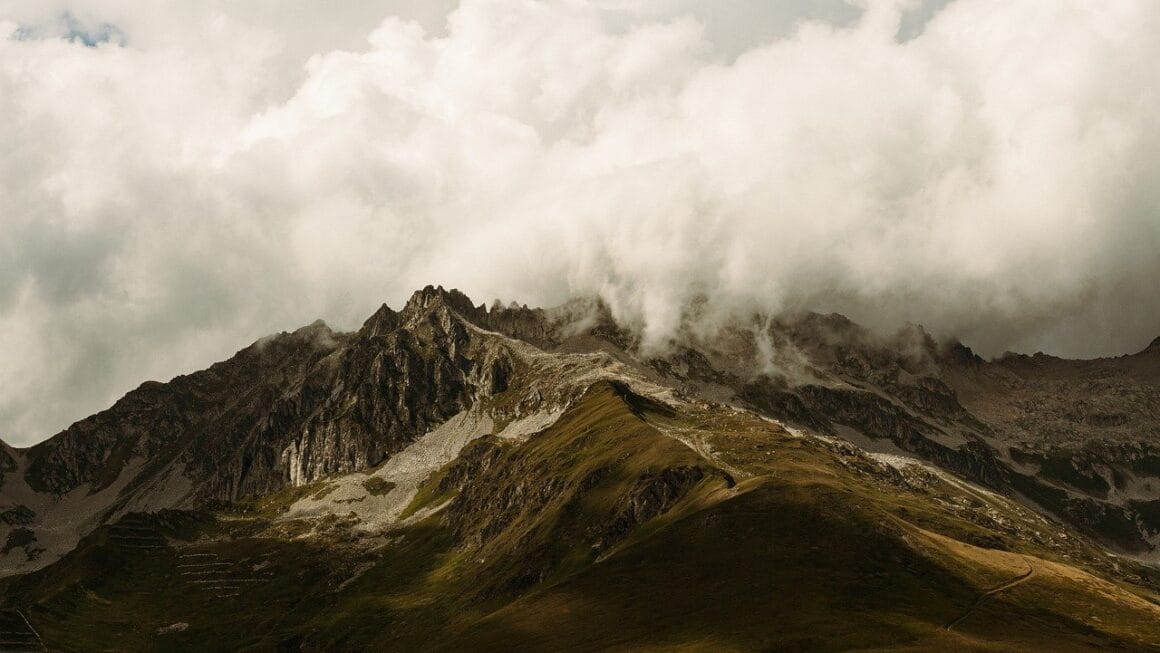Backpacking. The word conjures images of soaring mountain peaks, whispering pine forests, and star-studded nights spent under the vast expanse of the sky. It’s more than just a hike; it’s an immersive experience, a journey of self-discovery, and a chance to reconnect with nature on a profound level. Whether you’re a seasoned trail veteran or a curious beginner, the world of backpacking adventures awaits. This guide will equip you with the knowledge and inspiration you need to plan your own unforgettable backpacking trip.
Planning Your Backpacking Adventure
Backpacking requires careful planning to ensure a safe and enjoyable experience. Rushing into a trip unprepared can lead to discomfort, frustration, and even danger. Taking the time to research and organize the key aspects of your journey is crucial.
Choosing the Right Trail
- Consider your fitness level: Start with shorter, less strenuous trails to build your stamina and experience. Look for trails with minimal elevation gain and well-maintained paths.
- Research trail conditions: Check recent trail reports for information on weather conditions, closures, water availability, and potential hazards. Resources like AllTrails and local park websites are invaluable.
- Obtain necessary permits and reservations: Many popular backpacking destinations require permits, especially for overnight stays in designated campsites. Secure these well in advance, as they often sell out quickly. For example, permits for hiking the John Muir Trail in California can be highly competitive.
- Think about the environment: Choose a trail that aligns with your interests, whether it’s a scenic mountain loop, a coastal trek, or a desert adventure. Consider the season and potential weather conditions.
Gear Essentials for Backpacking
Choosing the right gear is paramount for a successful backpacking trip. Balancing weight, functionality, and durability is key.
- Backpack: Invest in a comfortable and properly fitted backpack with adequate capacity for your gear. A 50-70 liter pack is generally suitable for multi-day trips.
- Tent: Select a lightweight and durable tent that’s easy to set up and provides adequate protection from the elements.
- Sleeping Bag & Pad: Choose a sleeping bag appropriate for the expected temperatures and a sleeping pad for insulation and comfort.
- Cooking System: Bring a lightweight stove, cookware, utensils, and fuel for preparing meals. Pack food that is lightweight, non-perishable, and calorie-dense.
- Water Filtration/Treatment: Carry a reliable water filter or purification tablets to ensure access to safe drinking water. Always have a backup method.
- Navigation Tools: Pack a map, compass, and GPS device (or smartphone with GPS capabilities) and know how to use them.
- First-Aid Kit: A well-stocked first-aid kit is essential for treating minor injuries and illnesses.
- Appropriate Clothing: Layer your clothing to adapt to changing weather conditions. Pack moisture-wicking base layers, insulating layers, a waterproof jacket and pants, and comfortable hiking shoes or boots.
Meal Planning and Nutrition
Proper nutrition is crucial for maintaining energy levels and enjoying your backpacking adventure.
- Plan your meals in advance: Create a detailed meal plan that includes breakfast, lunch, dinner, and snacks for each day of your trip.
- Choose lightweight and calorie-dense foods: Opt for dried fruits, nuts, energy bars, dehydrated meals, and instant coffee or tea.
- Pack enough food: Estimate your caloric needs based on the intensity of your hiking and add extra food in case of unexpected delays or emergencies. Aim for around 2,500-3,500 calories per day, depending on your activity level.
- Proper food storage: Store food in bear-resistant canisters or hang it from a tree to prevent attracting animals. Practice Leave No Trace principles and pack out all trash.
Mastering Backpacking Skills
Beyond having the right gear, developing essential backpacking skills is crucial for a safe and enjoyable experience.
Navigation and Orienteering
- Learn to read a map and compass: Practice using a map and compass to navigate in different terrains. Familiarize yourself with topographic maps and learn how to identify landmarks.
- Use GPS technology: Learn how to use a GPS device or smartphone with GPS capabilities for navigation. Download offline maps and waypoints for your route.
- Pay attention to your surroundings: Regularly check your location on the map and compass and be aware of your surroundings. Use landmarks and terrain features to orient yourself.
Camp Setup and Breakdown
- Choose a suitable campsite: Select a flat, durable surface away from water sources and trails. Look for established campsites to minimize your impact on the environment.
- Set up your tent properly: Pitch your tent securely and tautly to protect it from wind and rain. Use guylines and stakes to anchor the tent to the ground.
- Practice Leave No Trace principles: Minimize your impact on the environment by packing out all trash, burying human waste properly, and avoiding disturbing vegetation.
- Efficiently pack and unpack your gear: Organize your gear in your backpack so that essential items are easily accessible. Practice packing and unpacking your gear at home to streamline the process in the field.
Leave No Trace Principles
- Plan ahead and prepare: Research your destination, pack appropriately, and obtain necessary permits.
- Travel and camp on durable surfaces: Stay on established trails and campsites to avoid damaging vegetation.
- Dispose of waste properly: Pack out all trash, including food scraps and wrappers. Bury human waste in a cathole at least 6-8 inches deep and 200 feet away from water sources.
- Leave what you find: Avoid disturbing natural objects or cultural artifacts.
- Minimize campfire impacts: Use a lightweight stove for cooking and avoid building campfires unless necessary. If you must build a fire, use established fire rings and burn only dead and down wood.
- Respect wildlife: Observe wildlife from a distance and avoid feeding or approaching animals.
Safety Considerations on the Trail
Backpacking comes with inherent risks, and prioritizing safety is paramount.
Weather Conditions and Hazards
- Monitor weather forecasts: Check weather forecasts before and during your trip and be prepared for changing conditions.
- Be aware of potential hazards: Identify potential hazards such as steep terrain, slippery surfaces, river crossings, and wildlife encounters.
- Pack appropriate gear: Bring clothing and gear appropriate for the expected weather conditions, including rain gear, warm layers, and sun protection.
Wildlife Encounters
- Store food properly: Store food in bear-resistant canisters or hang it from a tree to prevent attracting animals.
- Make noise while hiking: Talk or sing to alert wildlife to your presence.
- Carry bear spray: If you are hiking in bear country, carry bear spray and know how to use it.
- Respect wildlife: Observe wildlife from a distance and avoid feeding or approaching animals.
Navigation and Emergency Procedures
- Carry a map, compass, and GPS: Know how to use these tools to navigate in the wilderness.
- Inform someone of your itinerary: Leave a detailed itinerary with a trusted friend or family member and check in regularly.
- Carry a satellite communication device: Consider carrying a satellite phone or personal locator beacon (PLB) for emergency communication.
- Know basic first aid: Take a wilderness first aid course to learn how to treat common injuries and illnesses in the backcountry.
Choosing a Backpacking Destination
The world is full of incredible backpacking destinations, catering to every level of experience and interest.
Examples of Popular Backpacking Trails
- The John Muir Trail (California): A classic 211-mile trek through the Sierra Nevada mountains, renowned for its stunning scenery and challenging terrain.
- The Appalachian Trail (Eastern US): A 2,190-mile trail stretching from Georgia to Maine, offering a diverse range of landscapes and challenges.
- The Inca Trail (Peru): A historic 26-mile trail leading to Machu Picchu, showcasing ancient ruins and breathtaking mountain views.
- The Tour du Mont Blanc (Europe): A 106-mile circuit around Mont Blanc, the highest peak in the Alps, offering stunning views of glaciers and alpine meadows.
- Overland Track (Tasmania, Australia): A 40-mile track through Tasmania’s wilderness, known for its rugged beauty and unique wildlife.
Factors to Consider When Choosing a Destination
- Your experience level: Choose a trail that matches your fitness level and backpacking experience.
- Your interests: Consider the type of scenery and activities you enjoy, such as mountains, forests, or coastal areas.
- The season: Choose a destination that is suitable for the time of year you plan to travel.
- Permits and regulations: Research permit requirements and regulations for the area you plan to visit.
Conclusion
Backpacking is an incredibly rewarding experience that allows you to connect with nature, challenge yourself physically and mentally, and create lasting memories. By carefully planning your trip, mastering essential backpacking skills, and prioritizing safety, you can embark on your own unforgettable backpacking adventure. So, pack your bag, lace up your boots, and get ready to explore the wonders of the wilderness. The trail is calling!




